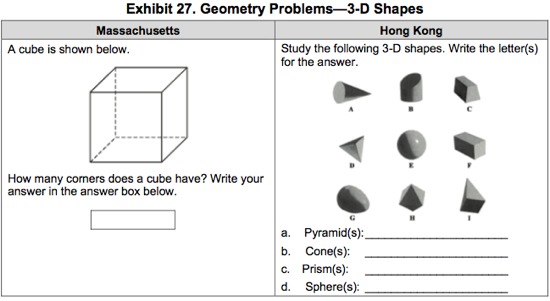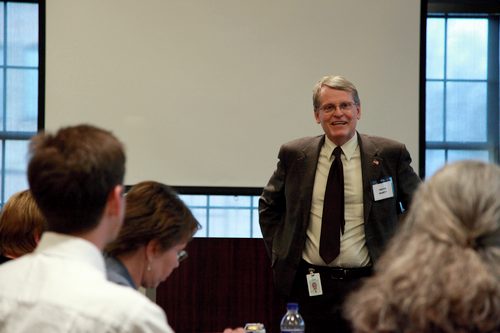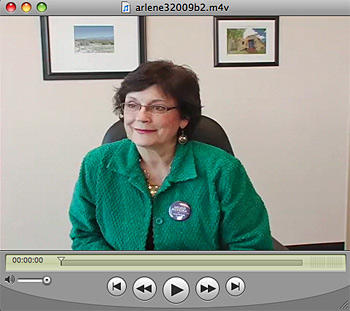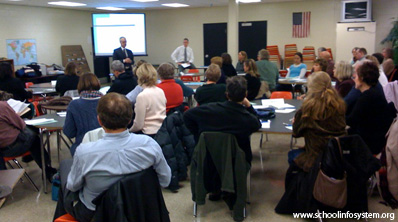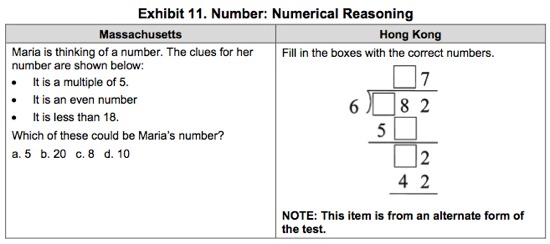
Steven Leinwand, American Institutes for Research and Alan Ginsburg, US Department of Education [2.5MB PDF] via a kind reader’s email:
Higher expectations for achievement and greater exposure to more difficult and complex mathematics are among the major difference between Hong Kong, home of the world’s top-performing 4th grade math students, and Massachusetts, which is the highest scoring state on the U.S. National Assessment of Education Progress (NAEP), according to a report by the American Institutes for Research (AIR).
While Massachusetts 4th grade students achieved a respectable fourth place when compared with countries taking the 2007 Grade 4 Trends in Mathematics and Science Study (TIMSS-4), Hong Kong students outperformed the Bay State 4th graders in numerous categories.
The Hong Kong performance advantage over Massachusetts was especially large in the percentage of its students achieving at the very highest level. For example, 40 percent of Hong Kong students achieved at the advanced TIMSS level, compared with only 22 percent of Massachusetts students.
To help understand why Hong Kong students outperform Massachusetts students, the AIR study identified differences between the items on Hong Kong’s and Massachusetts’ internal mathematics assessments administered in the spring of grade 3 in 2007 to gather insight into the relative mathematical expectations in Hong Kong and Massachusetts.
The AIR report found that the Hong Kong assessment contained more difficult items, especially in the core areas of numbers and measurement, than the Massachusetts assessment.
“The more rigorous problems on the Hong Kong assessment demonstrate that, even at Grade 3, deep conceptual understanding and the capacity to apply foundational mathematical concepts in multistep, real-world situations can be taught successfully,” said Steven Leinwand, Principal Research Analyst at AIR and co-author of the report.
